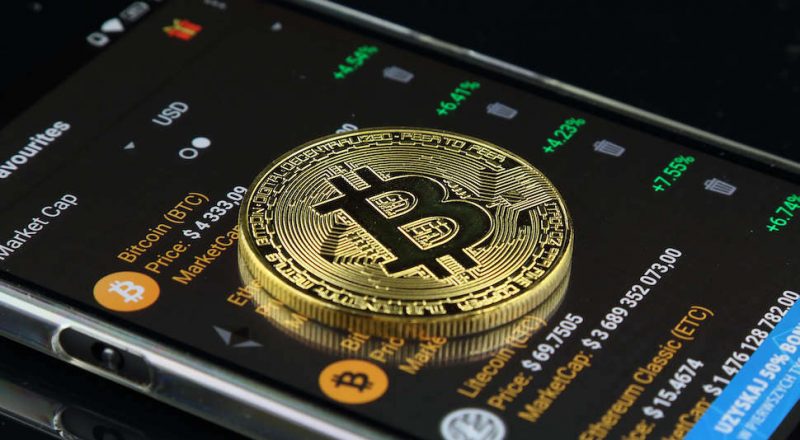How can cryptocurrencies, particularly bitcoin, be safeguarded? The biggest investment risk is human error, not hacking or security breaches. It’s quite simple to misplace private keys. Hacking is always a major threat, and the methods outlined here will assist to reduce that risk.
Steps to Safeguard Bitcoin and Other Cryptocurrencies
Keep your coins away from exchanges!
Even with two-factor authentication enabled, keeping funds safe on a reputable exchange is risky. While you are sleeping, someone could impersonate you and steal your money in minutes. It’s possible that the exchange will be hacked. If this occurs, you will not be refunded your coins. Using centralized exchanges to store your money is a bad idea.
Read more about cryptocurrency
Use a hardware wallet instead than a software wallet!
A hardware wallet is the only rational way to store Bitcoin and other cryptocurrencies. Select a model that appeals to you. Even if your computer is infected with malware, a hardware wallet allows you to receive coins and conduct transactions securely. However, be wary of hardware wallet scammers on eBay and other platforms. Make sure you’re getting your hardware wallet from a reputable provider. If the hardware wallet already has a recovery seed (for example, on a scratch card), don’t use it!
The Recovery Seed is the end-all solution for keeping Bitcoin safe!
You’ll be asked to write down a 24-word recovery key (BIP39 pass) when you set up your hardware wallet (the “recovery seed”). The most crucial step in setup is properly backing up this recovery seed. It’s the recovery key, which you must imprint on a metal plate in order to keep it safe for decades. Cryptosteel, for example, is a ready-to-use solution for safely storing recovery seeds. If the hardware wallet is lost or destroyed, you will still be able to access your funds as long as the recovery seed is kept safe.
The recovery seed is private!
To protect Bitcoin, you must be the only person who knows this recovery key. Don’t ask anyone to stamp it or keep it metal for you.
Electronic gadgets must be kept away from the Recovery Seed!
NEVER put your Recovery Seed onto a computer, a file, a website, or a password manager. The recovery seed is displayed ONCE on the screen of your hardware wallet, but it never leaves memory. It should never be typed on a desktop computer or smartphone because they are subject to malware attack. You can scribble it down on paper in a separate place until you can get the metal stamping supplies. Never store the recovery seed on a computer or other electronic device.
Practice your recovery skills!
You should become used to recovering the hardware wallet. Wipe and restore your hardware wallet after you’ve noted or metal stamped the recovery seed to check you’ve copied it accurately. Before sending big sums of money to the hardware wallet, do all of this. Each time you reproduce your recovery seed on a new medium, repeat this procedure. Expect a “untested” seed to come to your rescue when you need it the most.
Keep the Recovery Seed out of harm’s way!
The 24-word Recovery Seed is the sole item required to access the private keys and thus your coins by default. On several hardware wallets, there is an option to acquire an additional password, however this should be used with caution. You must have faith in yourself to remember this password for ten years. It’s significantly more vital to back up and store your recovery seed than it is to back up your hardware wallet. Treat your hardware wallet as a disposable device that can be lost, destroyed, or erased at any time, but can be replaced for a modest amount of money. Your Salvage Seed is irreplaceable. As a result, I propose putting the seed in metal, such as a metal canister.
Tell your friends and family!
It’s critical that you notify someone who, in the worst-case scenario, understands how to use your cryptocurrency. Write brief instructions in your will, for example, on how to carefully replace the salvage seed so that the coins are not lost.



